Auto Arena: Which generation of Honda Jazz (Fit) is your favorite?
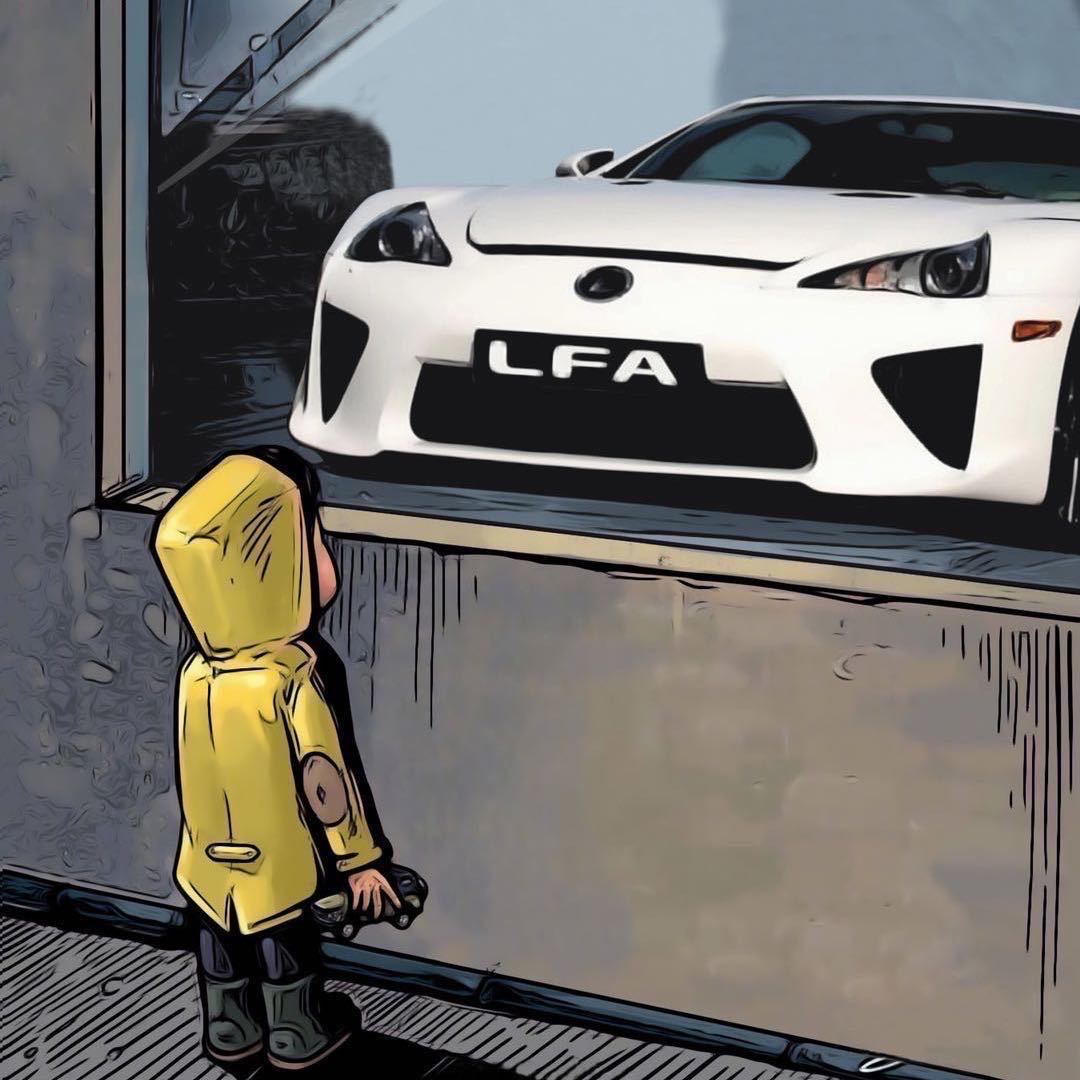 LienMay 21, 2024, 05:31 PM
LienMay 21, 2024, 05:31 PM
The Honda Fit (Japanese: ホンダ・フィット, Romanized: Honda Fitto), also known as Honda Jazz, has evolved across four generations since 2001, and is manufactured and sold by Honda. It is a B-segment five-door hatchback that is sold globally and manufactured in ten factories across eight countries. As of mid-2013, close to 5 million units have been sold. Honda uses the name "Jazz" in Europe, Oceania, the Middle East, Africa, Hong Kong, Macau, Southeast Asia, and India; while in Japan, Sri Lanka, China, Taiwan, and the Americas, it uses the name "Fit".

The Fit/Jazz shares the same platform with Honda's global compact cars, including City, Airwave, first-generation Mobilio, Freed, and HR-V/Vezel. The Jazz is well known for its exceptional space within its class, a forward-located fuel tank, and magic seats which can be folded in various ways to accommodate differently shaped and sized loads, possessing cargo capacity comparable to larger models. Let's take a look back at the history of the Honda Jazz/Fit models in this article.
First generation (GD/GE; 2001)

The first-generation Jazz was first introduced in Japan in June 2001 before launching in Europe (early 2002), Australia (late 2002), South America (early 2003), South Africa and Southeast Asia (2003), China (September 2004), and Mexico (late 2005). In Europe, this Jazz is often referred to as the second-generation Jazz, particularly among auto part suppliers, because the first-generation Jazz is the Honda City from 1981-1986, which was dubbed "Jazz" in Europe since Opel was already using the name “City” for their hatchback model of Kadett C.
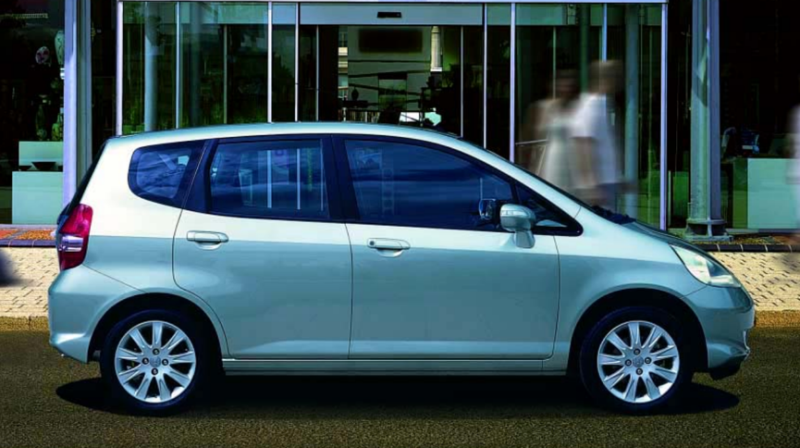
The mass-production models in the United States and Canada made their debut at the North American International Auto Show in Detroit in January 2006, and were launched in Canada and the United States in April 2006, selling as 2007 models.
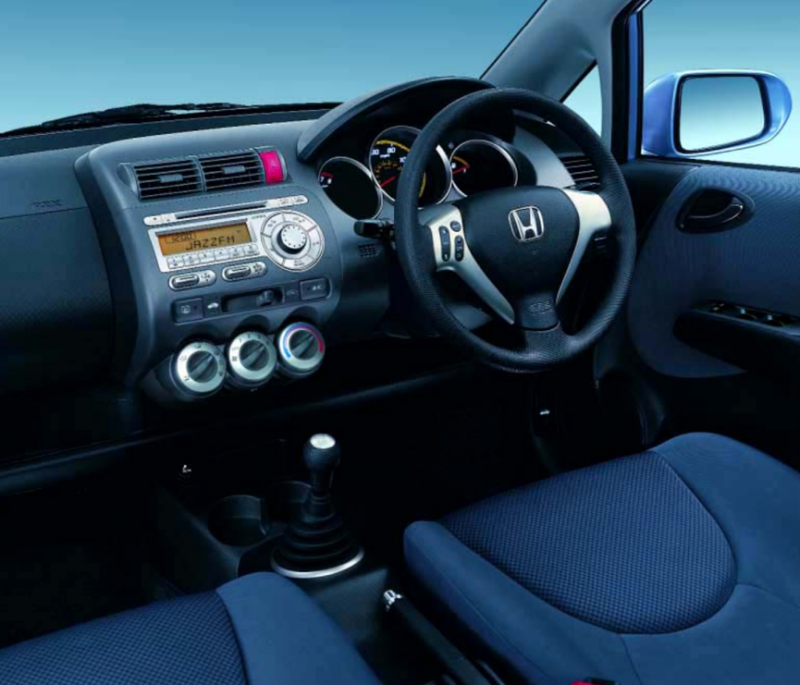
The first-generation Jazz uses Honda's global small car platform, which is also used for the Jazz Aria/City (Sedan version of Jazz), Airwave (touring car version of Jazz Aria/City), Mobilio and Mobilio Spike. Depending on the region, the Jazz is equipped with 1.2L, 1.3L (known as 1.4L in Europe), 1.5L i-DSI engine or 1.5L VTEC engine. These four engines are all based on Jazz’s L-series engine family.

After the first-generation Jazz/Fit went on sale in Japan, it was hugely popular in Japan, and sales greatly exceeded the original monthly target of 8,000 units. By December 2001, its sales had exceeded that of the Toyota Corolla. For 33 years, the Corolla had been undisputedly at the top of the list until Jazz came along. In 2002, the sales of the first-generation Honda Jazz was 250,790 units, and it ranked first in sales for nine out of twelve months in 2002. For the past decade, Jazz has maintained the title of the best-selling car in Japan.
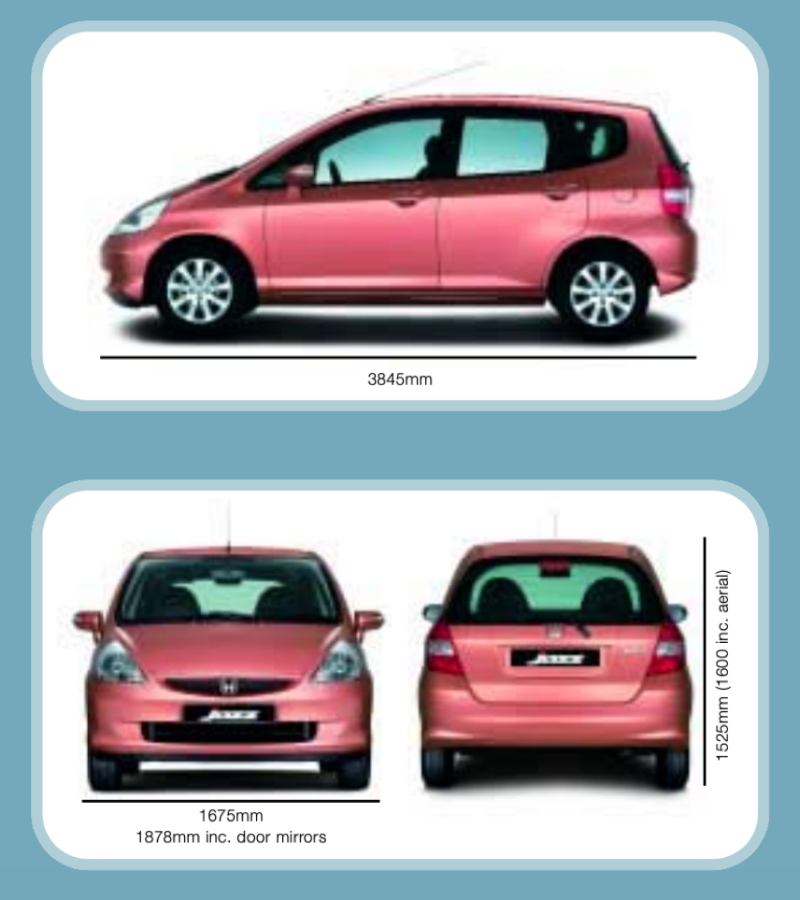
In 2004, Honda Malaysia introduced the 1.5-liter i-DSI model from Thailand and the 1.5-liter VTEC from Japan. The 1.5-liter i-DSI engine can produce 88 PS/131 Nm, while the 1.5-liter VTEC engine can produce 110 PS/143 Nm, both equipped with a 7-speed simulated CVT gearbox. The 2006 renovation mainly brought changes in appearance, such as redesigned bumpers, LED taillights and new wheels. The prices of i-DSi and VTEC models that year were RM 94,800 and RM 103,800, respectively.
Second Generation (GE/GG; 2007)
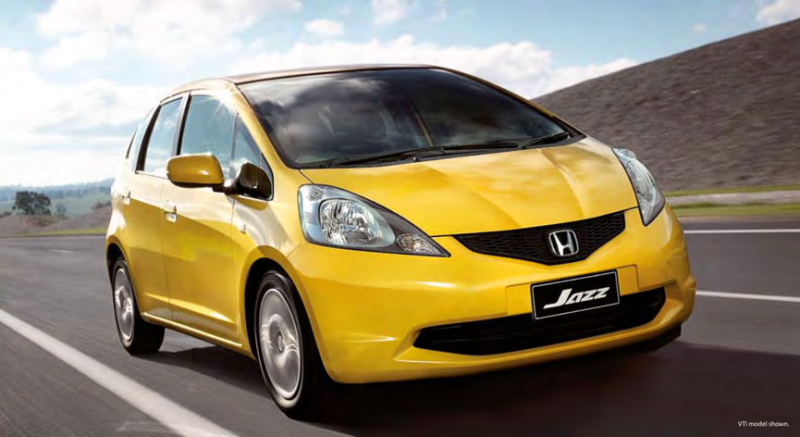
The second generation Fit/Jazz made its first appearance at the 40th Tokyo Motor Show on October 17, 2007. When it was launched in 2007, it won the Japan Car of the Year award for the second time. This model has a longer wheelbase compared to its predecessor and is overall wider and longer.
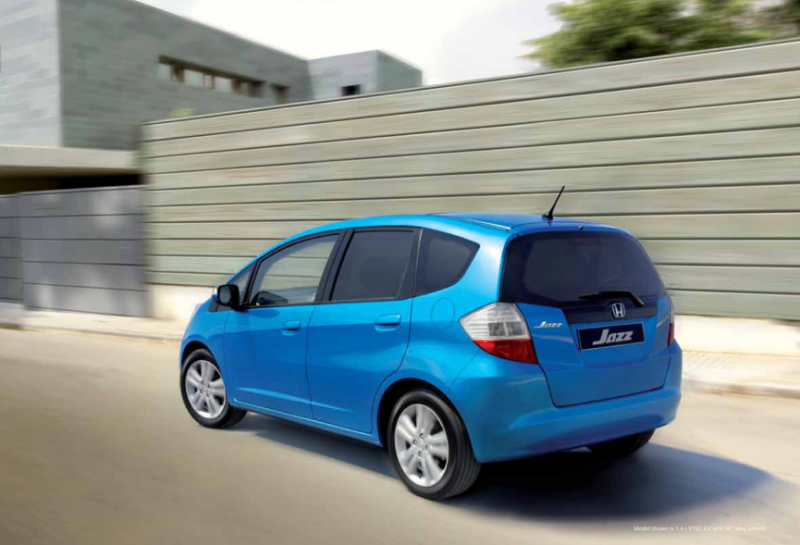
It is said that its body structure rigidity has increased by 164% compared to its predecessor, which helps with driving and control. And the noise inside the car has also been reduced, making it more refined.
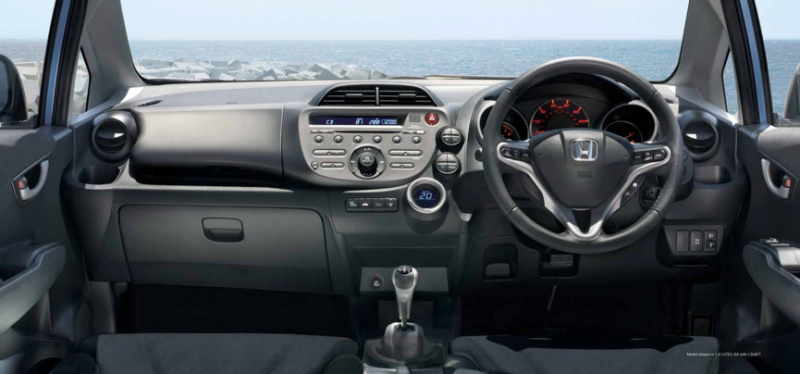
In Malaysia, the second-generation Honda Jazz was launched in 2008. It no longer offered two engine options like its predecessor, but instead offered two versions with the same engine.
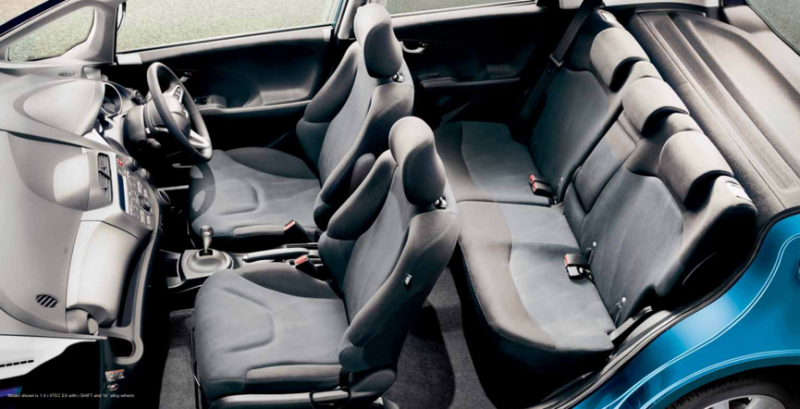
The 1.5-liter engine was treated with i-VTEC, combining VTEC with Honda's VTC (Variable Timing Control). The upgraded engine can produce a power of 120 PS/145 Nm and is equipped with a 5-speed automatic transmission. (The Japanese market also has a 1.3-liter engine, i-VTEC engine).

As for the launch price in Malaysia, the S version is priced at RM 104,800, while the V version is priced at RM 109,800. Both are fully imported from Thailand. In 2011, a facelift model was launched, with slight changes in appearance, only sold in V version, and the price remains the same. A year later, it was replaced by the S version, with a drop in price and configuration.
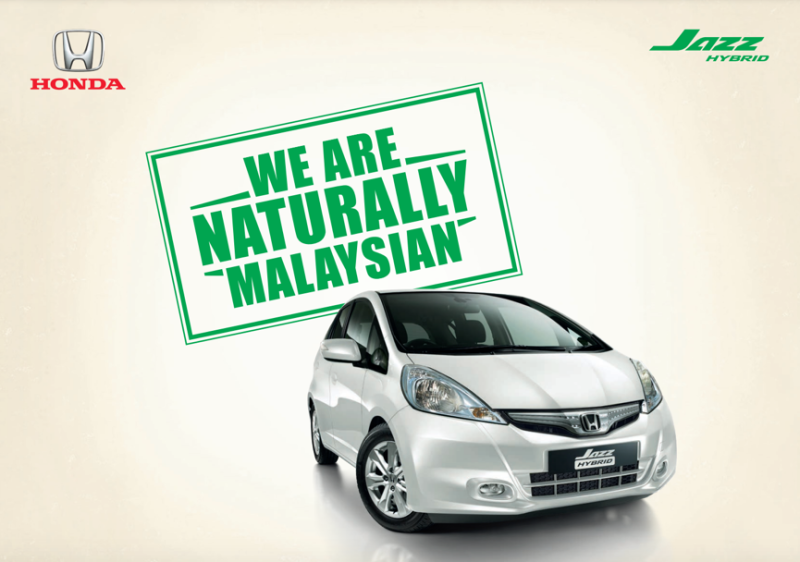
In the same year, the Honda Jazz Hybrid was also launched. It started as a CBU (Completely Built Up) model and then was locally assembled (CKD). It is powered by a 1.3-litre i-VTEC engine and an electric motor, known as the Integrated Motor Assist (IMA) system. It is essentially a mild hybrid vehicle, with an output of 88 PS/121 Nm.

In 2013, the non-hybrid CKD Honda Jazz joined the market. It was the cheapest Honda at the time, priced at RM 74,800, and mostly matched the CBU Grade S model in terms of features and configurations.
Third Generation (GK/GH/GP; 2013)
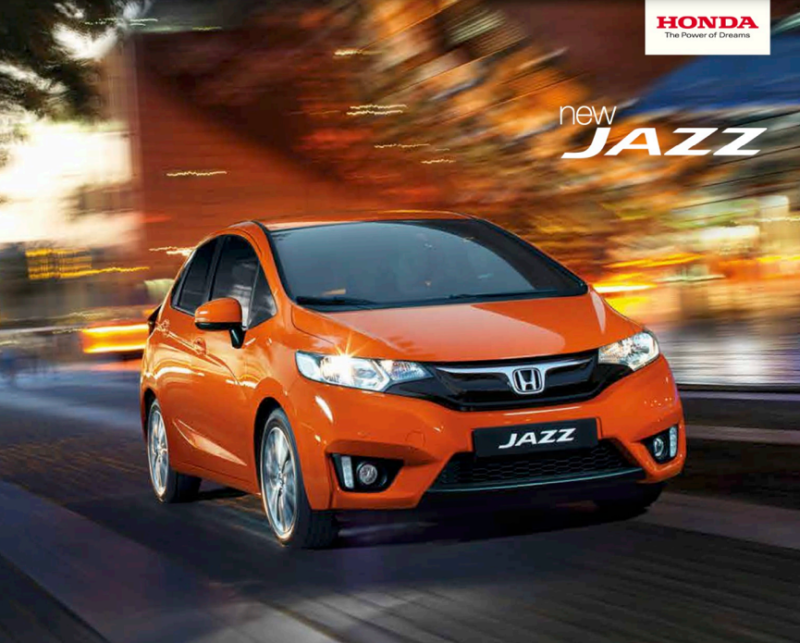
The third generation Fit/Jazz retains the overall design philosophy of the first two generations, and also introduces Honda's updated design language "Exciting H Design" for the first time.
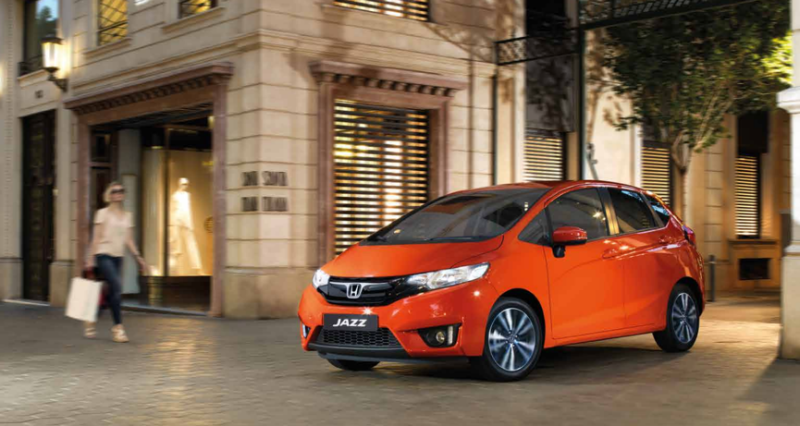
The third-generation Honda Jazz looks drastically different from its predecessor. The exterior and interior designs are more angular than before, cause it lose a bit of the cute vibe. Compared to the previous model, the wheelbase has increased by 33mm, and the interior space has also increased.
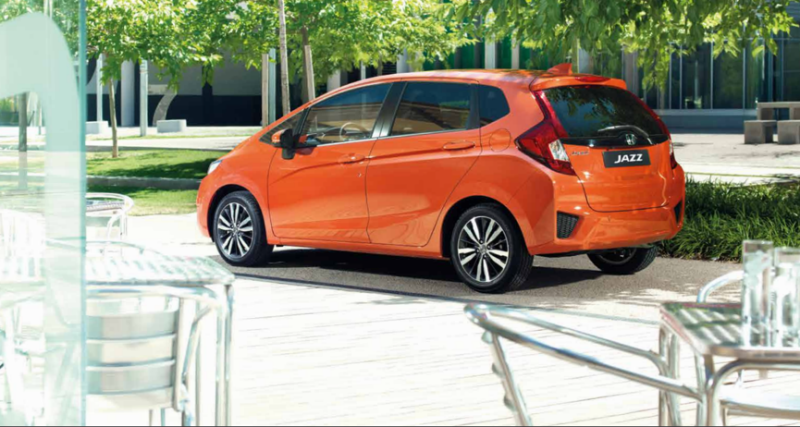
The third generation Fit/Jazz hybrid version is only sold in Japan and Malaysia markets. It is the first model equipped with the “Sport Hybrid” Intelligent Dual Clutch Drive (i-DCD) system, a lightweight and compact single-motor hybrid technology designed by Honda for small vehicles, which replaces the previous Integrated Motor Assist (IMA) hybrid system.
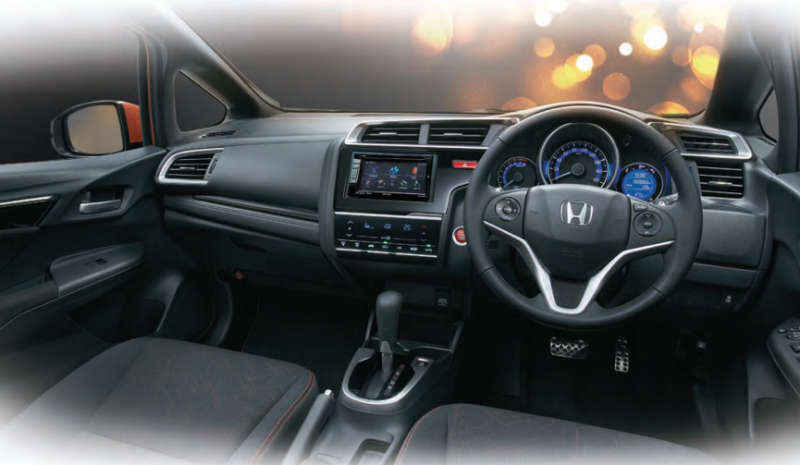
This system uses an Earth Dreams Technology 1.5-liter Atkinson cycle DOHC i-VTEC direct injection engine with a rated power of 132Ps and 156Nm, and pairs with a 7-speed dual-clutch transmission, an inbuilt high-output motor, IPU (Intelligent Power Unit) with a lithium-ion battery, and an electric servo braking system with variable servo ratio control.
The electric motor is a Honda H1 motor, with a rated power of 30PS and 160Nm, shared with the first-generation Vezel and Grace Hybrid.

Compared to the previous IMA hybrid power, the new hybrid power system can now use the electric mode completely during driving, making it comparable to the Toyota Prius. According to the Japanese duty cycle test, the fuel consumption is 36.4 kilometers/litre (2.75 litres/100 kilometers), a 35% increase from the previous generation model. The trunk space is not much affected, with a capacity of 470 liters.

The third-generation Honda Jazz model in Japan was launched in September 2013. The models sold in Japan include 13G, 15X, RS, and hybrid.
The third-generation Jazz in the Malaysian market offers three models: S, E, and V. Regardless of configuration, all versions are equipped with a non-direct injection 1.5-liter L15Z SOHC i-VTEC engine and a CVT gearbox. The price ranges from RM 72,800 to RM 87,000.
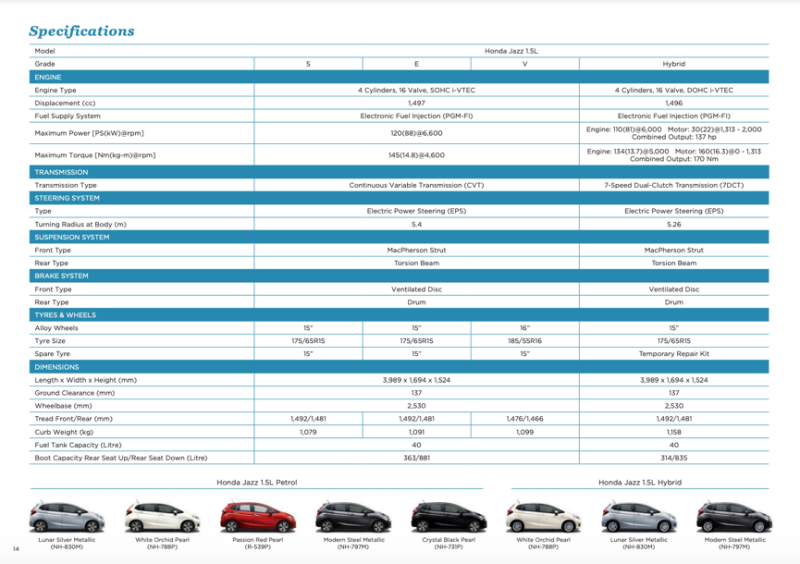
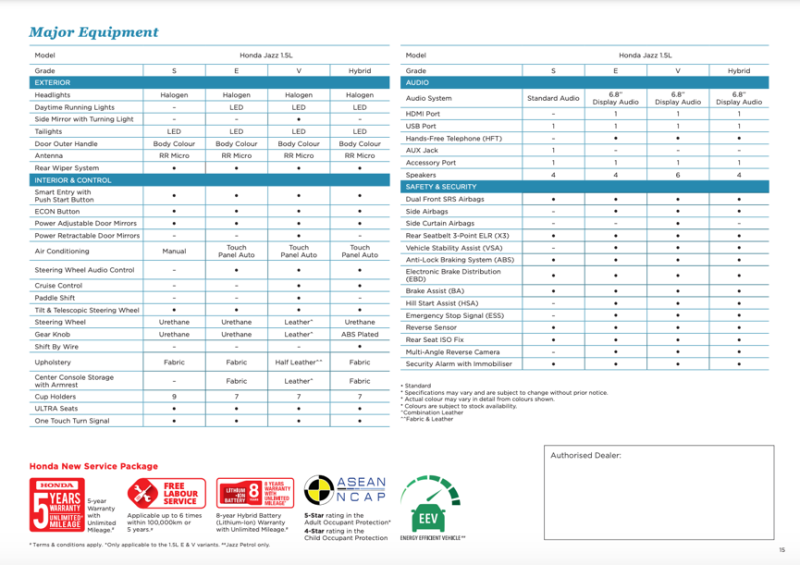
Honda launched the upgraded Jazz and its hybrid version in June 2017. Apart from Japan, Malaysia is the only country that sells Jazz Sport Hybrid. Honda provides an 8-year unlimited mileage warranty for the battery. How much is it? RM 87,500.
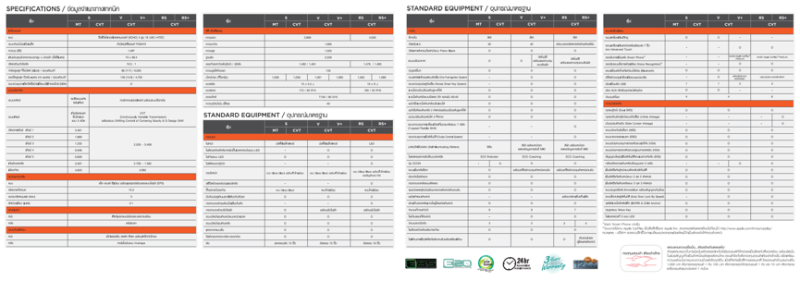
Production of the Honda Jazz in Malaysia stopped in October 2021, and ended with the third generation. Like most Southeast Asian countries, the new City hatchback has replaced the Jazz in the Malaysian and Thai markets.
Fourth Generation (GR/GS; 2020)
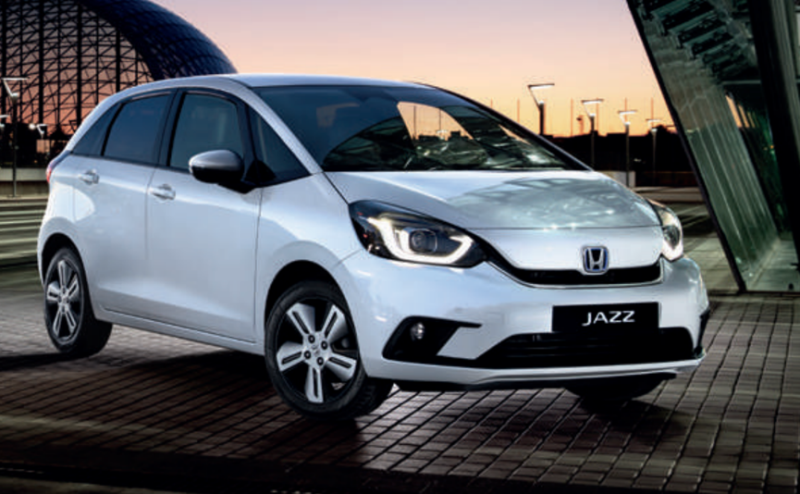
The fourth generation Fit/Jazz debuted on October 23, 2019 at the 46th Tokyo Motor Show in Japan and the "Electric Vision" event in Amsterdam, Netherlands.
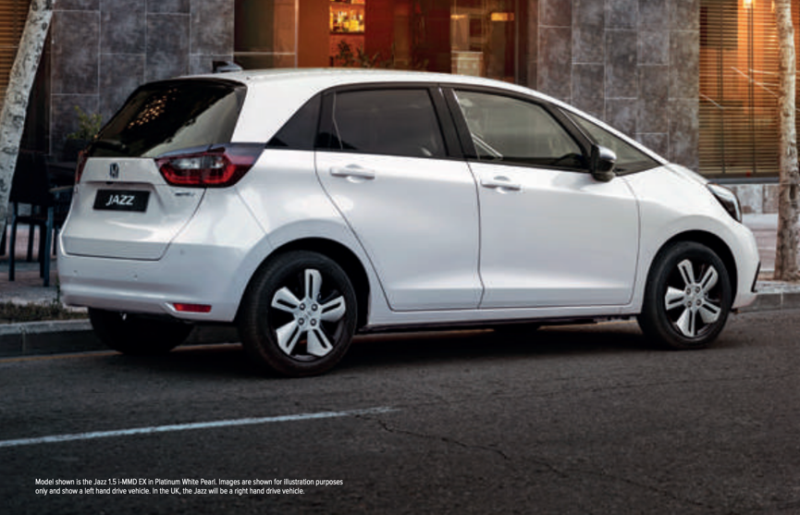
This generation of the model focuses on electrification. Pokemon Jazz in Europe is only sold as a hybrid model. The hybrid model is the main model in Japan, selling under the name of e:HEV. It uses Honda's new dual-motor i-MMD (Intelligent Multi-Mode Drive) hybrid system to replace the previous Intelligent Dual-Clutch Drive (i-DCD).
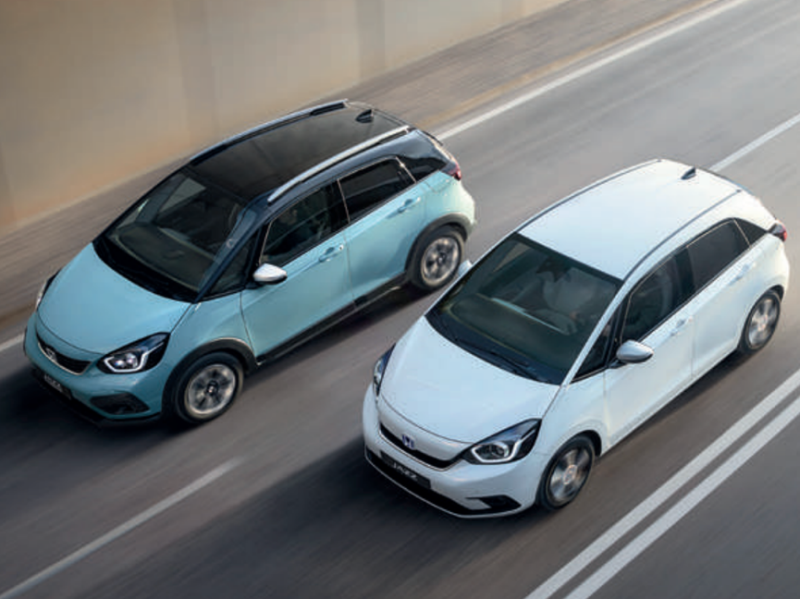
The fourth-generation Jazz retains the large windscreen of the previous generation, but its A-pillar has been redesigned. Its cross-sectional structure is different from the previous generation. Honda says it can improve the body's absorption of shocks in the event of a collision. Combined with the flat dashboard design and the visor-free instrument display, it provides a better driving view for the driver, and the windshield wipers are hidden below the top of the engine hood.
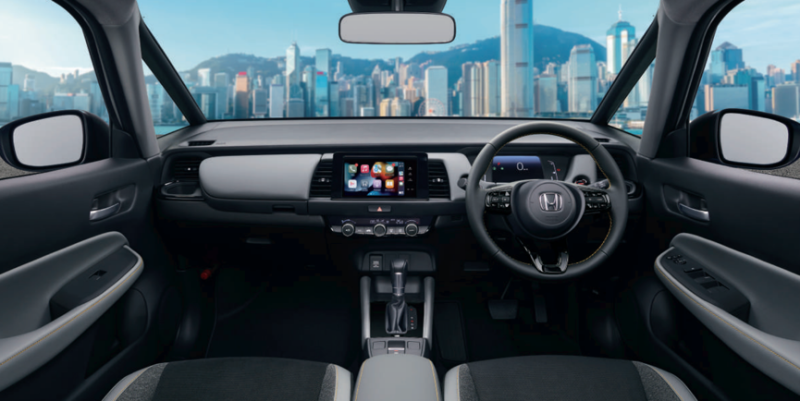

But due to the decline in sales of the third generation, and now the popularity of SUVs, the fourth generation Jazz is no longer sold in the North American market. Honda has made up for the impact of Jazz's discontinuation by increasing the production of HR-V. Due to the high cost of imports, it is also no longer sold in Australia. As a result of Honda's strategy adjustment, in most South American and Southeast Asian countries, the Fit/Jazz has been replaced by the City hatchback.
Conclusion
At this point, the history of Honda Jazz/Fit can be considered sorted. From the perspective of Japanese model, compared to Toyota Corolla, the history of Jazz model is not long. Since 2001, it has evolved over four generations, with a cumulated sales of over 8 million units globally. No matter which generation of Honda Jazz, it has always retained its own characteristics, which I believe is the reason for its success.
For the Jazz, its existence is not as simple as a household grocery car. Among them, the modification potential of the first-generation Jazz has immersed many modification enthusiasts. Its existence not only saved the modification industry in Japan and the whole Southeast Asia at the time, but also laid the foundation for the modification culture of subsequent model.


In my view, Honda Jazz always carries many heavy duties, such as "economic grocery vehicle" and "cure for modification enthusiasts". It can be said that its emergence has witnessed the whole process of the author's growth from being naive to becoming a "greasy youth". In this nearly 20 years, both it and I have experienced many "metamorphoses". Unfortunately, I am no longer the teenager of the past, but it is still the Jazz from the past. Unfortunately, the fourth-generation Honda Jazz did not come to Malaysia and Thailand. Whether we chose the Honda City hatchback, or Honda Jazz gave up on us?
If any infringement occurs, please contact us for deletion
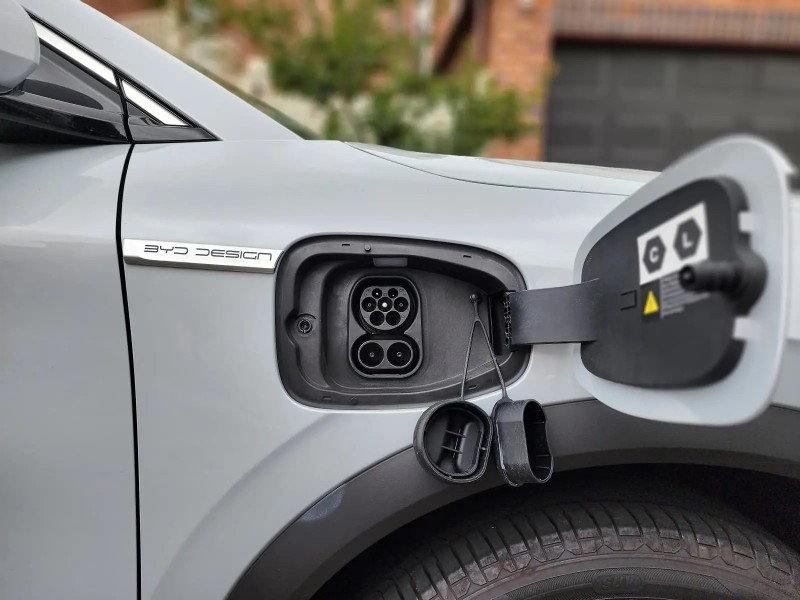
BYD Plans to Promote 1000V High Voltage Super Charging Stations and Its Models on a Large Scale
【PCauto】Recently, the news that BYD plans to massively implement a 1000V high-voltage supercharging platform has attracted widespread attention. It is reported that this platform will be launched in the middle of March this year and supports super-fast charging above 5C. After its release, it will quickly be popularized to its own models and large-scale construction of 1000V supercharging stations.This move will undoubtedly set off a wave in the new energy vehicle market. Let's delve into the te

Toyota Tundra Owner Achieves the Second Million-Mile Milestone
[PCauto] The mileage often measures the quality and durability of a car, and Victor Sheppard and his two Toyota Tundra pickups have set a staggering record.With Victor Sheppard's dedication and careful maintenance of the Toyota Tundra, he successfully drove two different Tundra pickups over 1 million miles (approximately 1,609,340 kilometers).In 2007, Sheppard bought a brand new Toyota Tundra CrewMax. Over the next nine years, as a contractor, he worked across the United States, from Louisiana t
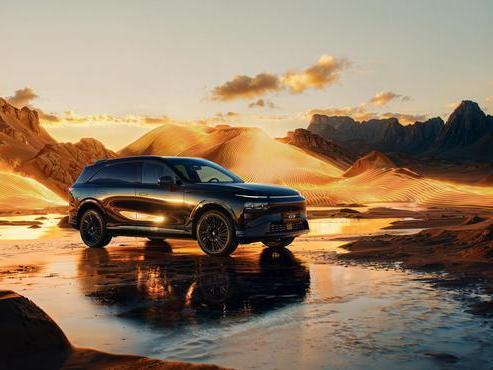
XPENG G9 is about to be launched in China, bringing 66 upgrades in features
【PCauto】XPENG has recently announced that the 2025 XPENG G9 will soon be launched in China. Although the official did not announce the time and price, the success of XPENG G6 and X9 has rekindled expectations for the once-failed G9 by XPENG. In terms of appearance, the G9 continues the X-BOT FACE 3.0 design language, with a closed grill at the front paired with split-style headlights on both sides, new two-tone collision colors and all-black body styles, with a petal-style wheel hub. Combining
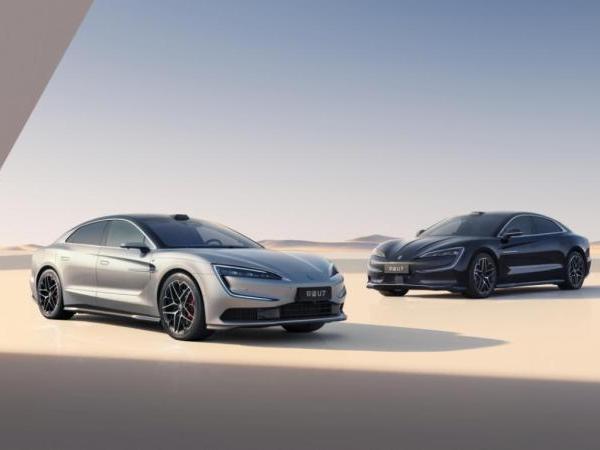
BYD YANGWANG U7 Launches with World's First Suspension Charging Tech
[PCauto] On March 27, BYD YANGWANG U7 was launched, with two power versions of pure electric and plug-in hybrid, a total of four models. YANGWANG U7 EV Five-seater Luxury Edition, priced at about 292.85 million baht/RM38.31 YANGWANG U7 EV Four-seater Flagship Edition, priced at about 330.04 million baht/RM43.19 YANGWANG U7 PHEV Five-seater Luxury Edition, priced at about 292.85 million baht/RM38.31 YANGWANG U7 PHEV Four-seater Flagship Edition, priced at about 330.04 million bah
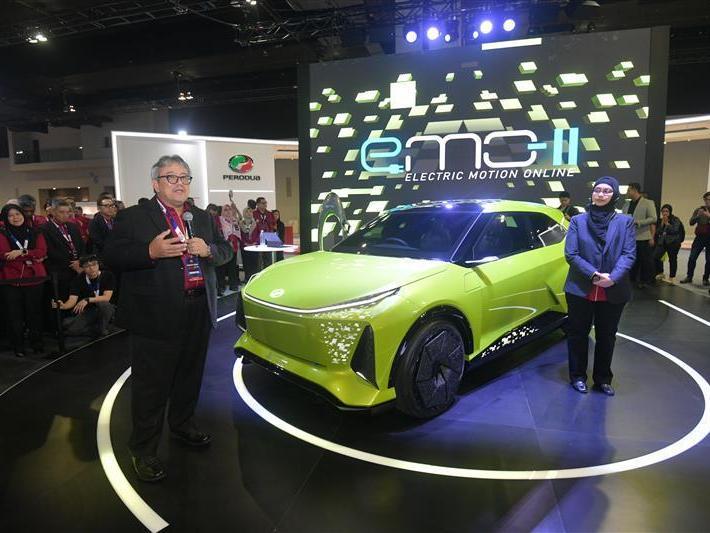
What will the new Perodua Car look like in 2025? What kind of changes will they undergo?
【PCauto】In 2025, Perodua will introduce a series of anticipated new car dynamics, covering the launch of new models and remodeling of several existing models, whether in the bold step in the field of electrification or in the optimization of classical models.Perodua is to launch its first electric car in 2025Perodua's first pure electric car is expected to go on sale officially in the fourth quarter of 2025. To ensure the vehicle's performance and quality, Perodua may initiate testing work as ea
Popular Cars
Car Compare

